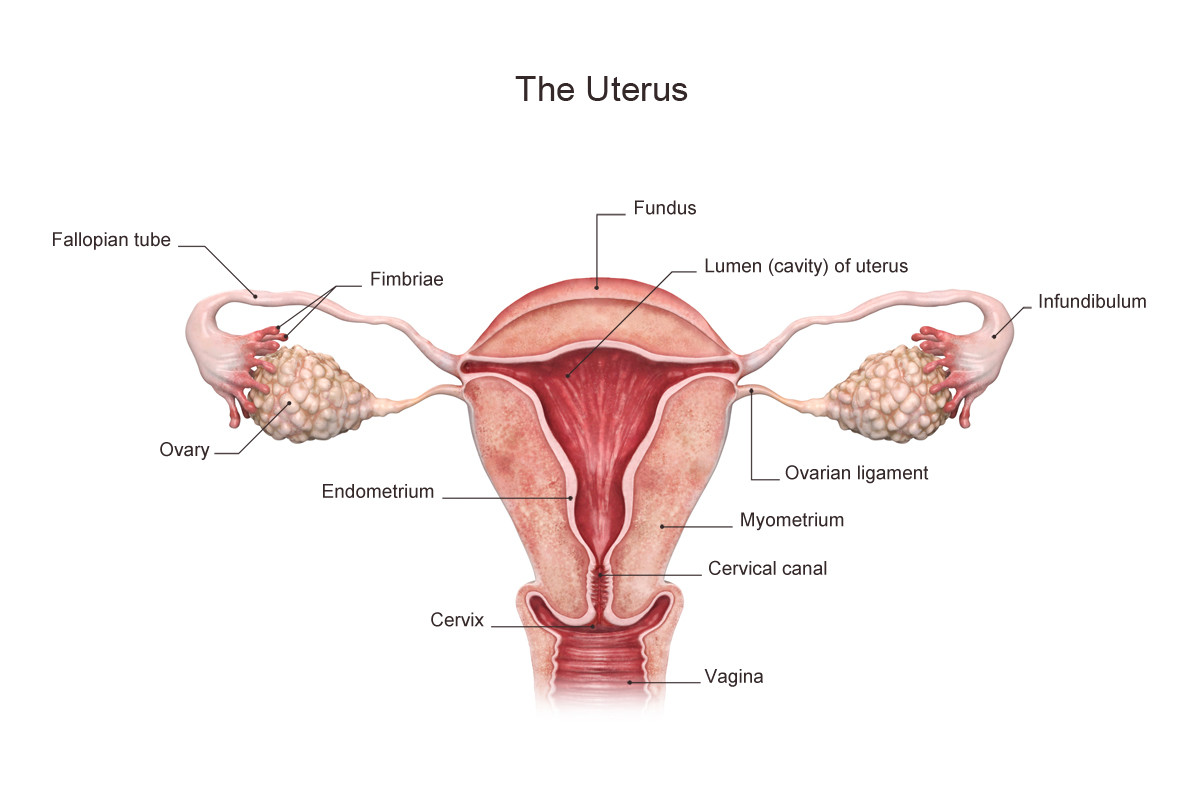When it comes to understanding infertility, the uterus plays a crucial role. A healthy uterus is essential for a successful pregnancy, and addressing uterine issues can significantly improve fertility outcomes. At New World Fertility, we understand how vital this step is for hopeful parents. Let’s explore uterine evaluation treatments in detail and how they can make a difference in your journey to parenthood.
Why Uterine Evaluation is Important
The uterus is where a fertilized egg implants and develops into a baby. Any abnormalities in the uterine structure or function can hinder this process, leading to infertility or recurrent miscarriages. Studies show that uterine abnormalities contribute to approximately 10-15% of infertility cases. Evaluating the uterus thoroughly helps identify potential issues and paves the way for targeted treatments.
Common Uterine Issues Affecting Fertility
Several uterine conditions can impact fertility, including:
Uterine Fibroids: Non-cancerous growths that can distort the uterine cavity.
Endometrial Polyps: Overgrowth of the uterine lining that can interfere with implantation.
Asherman’s Syndrome: Scar tissue in the uterus, often caused by previous surgeries.
Congenital Abnormalities: Structural issues like a septate or bicornuate uterus.
Adenomyosis: A condition where the uterine lining grows into the uterine wall, causing pain and infertility.
Identifying these issues early can dramatically improve the chances of conception.
Uterine Evaluation Methods
Modern medical advancements have introduced various ways to assess uterine health. Here are the most common methods used today:
1. Ultrasound (Transvaginal and 3D Ultrasound)
Ultrasound is often the first step in uterine evaluation. It provides detailed images of the uterus, allowing doctors to identify abnormalities like fibroids or polyps. A 3D ultrasound can offer a more comprehensive view of the uterine cavity.
2. Sonohysterography (Saline Infusion Sonography)
This technique involves inserting saline into the uterus during an ultrasound. The saline highlights the uterine cavity, making it easier to detect abnormalities like polyps or scar tissue.
3. Hysterosalpingography (HSG)
HSG is an X-ray procedure where a contrast dye is injected into the uterus and fallopian tubes. It helps evaluate the shape of the uterine cavity and the patency of the fallopian tubes. This method is particularly useful for women experiencing unexplained infertility.
4. Hysteroscopy
Hysteroscopy involves inserting a thin, lighted scope into the uterus through the cervix. This procedure allows doctors to view the uterine cavity directly and even treat some abnormalities during the same session. It’s often considered the gold standard for uterine evaluation.
5. Magnetic Resonance Imaging (MRI)
In complex cases, an MRI may be used to provide detailed images of the uterus. This method is particularly helpful for diagnosing conditions like adenomyosis or congenital abnormalities.
Treatment Options Based on Evaluation Results
Once uterine issues are identified, the next step is treatment. Here are common treatments based on specific conditions:
1. For Fibroids and Polyps
Hysteroscopic Surgery: Minimally invasive removal of fibroids or polyps.
Medication: Hormonal treatments to shrink fibroids in certain cases.
2. For Asherman’s Syndrome
Adhesiolysis: Surgical removal of scar tissue using hysteroscopy.
Post-surgery, estrogen therapy and follow-up procedures may be needed to prevent scar reformation.
3. For Congenital Abnormalities
Surgical Correction: Procedures like metroplasty to reshape the uterus.
These surgeries improve uterine capacity and reduce miscarriage rates.
4. For Adenomyosis
Medications: Hormonal therapies to manage symptoms.
Surgical Options: In severe cases, surgery may be recommended to preserve fertility.
Lifestyle Changes to Support Uterine Health
While medical treatments are essential, lifestyle modifications can also contribute to a healthier uterus and improved fertility. Consider these steps:
Balanced Diet: Include nutrient-rich foods like leafy greens, whole grains, and lean proteins to support hormonal balance.
Regular Exercise: Helps maintain a healthy weight, which is crucial for fertility.
Stress Management: Chronic stress can impact reproductive health, so incorporate mindfulness practices like yoga or meditation.
Avoid Smoking and Alcohol: These can harm uterine health and reduce fertility.
Success Stories from New World Fertility
At New World Fertility, we’ve witnessed incredible success stories. One of our patients, a 35-year-old woman with recurrent miscarriages, underwent a thorough uterine evaluation. A hysteroscopy revealed a uterine septum, which was corrected surgically. Within six months, she conceived naturally and delivered a healthy baby. Stories like hers underline the importance of addressing uterine health.
When to Seek Help
If you’ve been trying to conceive for over a year without success (or six months if you’re over 35), it’s time to seek expert advice. Early evaluation and treatment can make a significant difference in your fertility journey.
Final Thoughts
Uterine evaluation and treatment are essential steps for anyone facing infertility challenges. With advanced techniques and personalized care, New World Fertility is here to guide you every step of the way. Remember, understanding and addressing uterine health can bring you closer to realizing your dream of parenthood.

 Jul-15-2025
Jul-15-2025